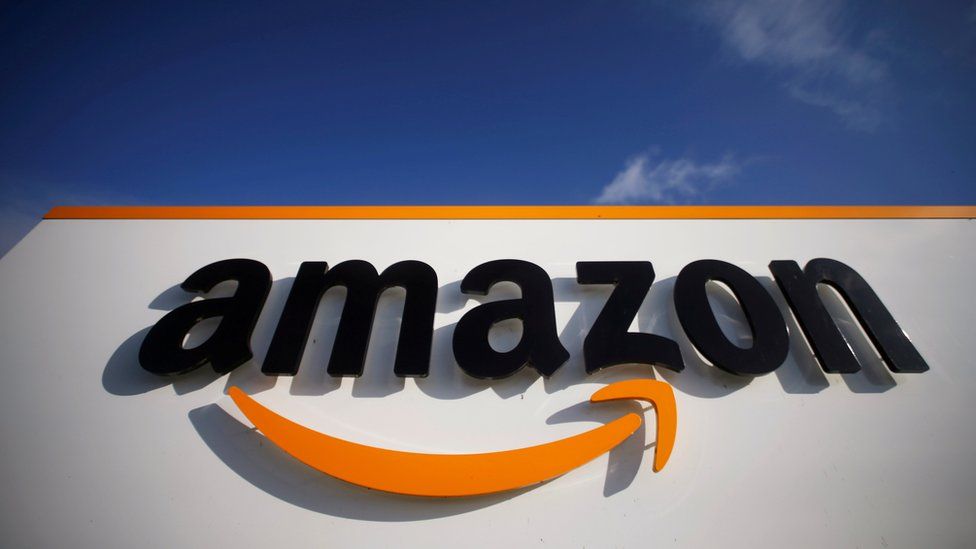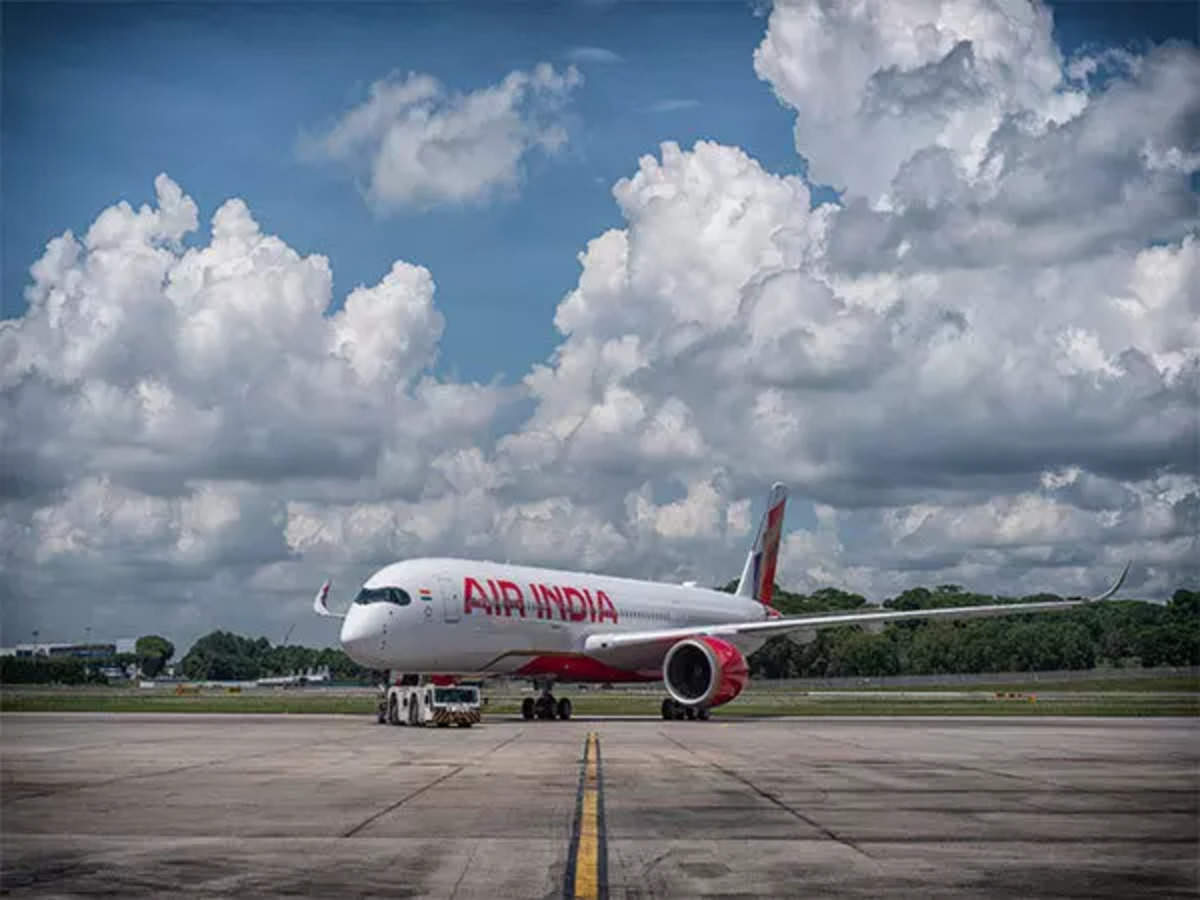In a significant move towards securing a sustainable and diversified supply chain for critical minerals, the Government of India has recently entered into a groundbreaking agreement with Argentina for the exploration and mining of lithium. This rare element plays a crucial role in advancing the nation’s commitment to an environmentally friendly future, particularly in the development of rechargeable batteries for various electronic devices and electric vehicles.
The agreement, signed between Khanij Bidesh India Limited (KABIL) and the state-owned enterprise of Catamarca Province, Argentina, marks a historic milestone for both countries. Argentina, possessing over half of the world’s lithium reserves along with Chile and Bolivia, stands as a key partner in India’s pursuit of lithium resources.
Under the leadership of Prime Minister Narendra Modi, this marks India’s first-ever lithium exploration and mining project conducted by a government company. KABIL will spearhead the exploration and development of five lithium brine blocks, covering an extensive area of about 15,703 hectares in Argentina’s Catamarca province.
Pralhad Joshi, Union Minister of Parliamentary Affairs and Coal and Mines, expressed the significance of this achievement, stating that the project would not only bolster India’s lithium supplies but also contribute to the development of lithium mining and downstream sectors in both nations. The exploration and exclusivity rights acquired by KABIL pave the way for evaluating, prospecting, and exploring the lithium blocks, with the potential for commercial production upon discovery of lithium minerals.
The project, costing approximately Rs 200 crores, signifies India’s second international partnership for critical minerals, following the 2022 memorandum of understanding with Australia. With over 95% of India’s lithium imports currently originating from China and Hong Kong, this strategic move aims to reduce dependence on imports and establish self-reliance in meeting the growing demand for clean energy.
Argentina, holding 20% of the world’s lithium resources and ranking second only to Bolivia, is part of the renowned “Lithium Triangle” along with Chile. The collaboration between India and Argentina not only addresses India’s lithium demands but also introduces technical and operational expertise in brine-type lithium exploration, exploitation, and extraction.
This initiative aligns with India’s broader goal of attaining net-zero emissions by 2070 and positioning itself as a manufacturing hub for electric vehicles. The exploration and development agreement for lithium blocks, coupled with India’s inaugural critical minerals auction drive, underscores the nation’s commitment to securing the supply chain for critical and strategic minerals essential for various industries, marking a significant stride towards sustainable and clean energy solutions.
The signing of the agreement has been commended as a strategic move, not only for securing a vital resource but also for fostering stronger bilateral ties between India and Argentina. Union Coal Minister Pralhad Joshi emphasized the historic nature of the deal, envisioning it as a pivotal chapter in the relationship between the two nations. The collaboration is anticipated to play a crucial role in driving the energy transition towards a more sustainable future, aligning with global efforts to achieve net-zero goals.
With Argentina being the second-largest holder of lithium resources globally and India’s pursuit of lithium for diverse applications, ranging from battery technology to aerospace, this partnership holds immense potential. The involvement of Catamarca Minera Y Energética Sociedad Del Estado (CAMYEN), a state-owned mining and energy company in Argentina, adds a layer of collaboration between the public sectors of both countries, fostering knowledge exchange and technical expertise.
As Khanij Bidesh India Limited (KABIL) prepares to set up a branch office in Catamarca, Argentina, the project’s cost of approximately Rs 200 crores underscores the scale and significance of this international venture. This move is not just a stride towards reducing India’s reliance on lithium imports but also a step towards fostering global cooperation in sustainable resource management and responsible mining practices.
India’s foray into lithium exploration and mining abroad, following the partnership with Australia, reflects a comprehensive strategy to secure critical minerals for its burgeoning electric vehicle and clean energy industries. The government’s simultaneous efforts to initiate a critical minerals auction drive domestically further demonstrate its commitment to achieving self-reliance and sustainability in the realm of mineral resources. As the exploration and development of lithium blocks progress, the collaboration with Argentina is poised to be a transformative force, propelling India’s clean energy ambitions and bolstering its role on the global stage in the pursuit of a greener future.


 Opinion2 years ago
Opinion2 years ago
 Fashion7 years ago
Fashion7 years ago
 Entertainment7 years ago
Entertainment7 years ago
 Entertainment7 years ago
Entertainment7 years ago
 Opinion2 years ago
Opinion2 years ago
 Business News2 years ago
Business News2 years ago
 Policy&Politics2 years ago
Policy&Politics2 years ago
 Business News2 years ago
Business News2 years ago









